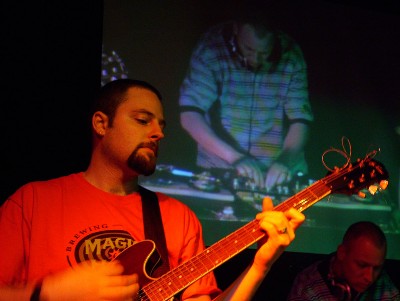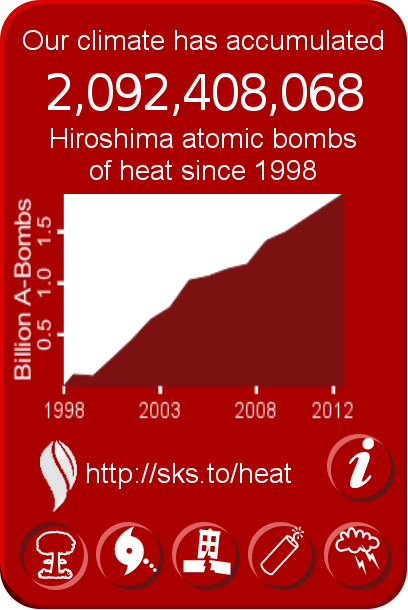 by Tanada » Mon 20 Jan 2014, 09:22:02
by Tanada » Mon 20 Jan 2014, 09:22:02
That is kind of my point, first politics get involved then the inertia of just sitting still not really accomplishing anything takes over. The entire USA space program has been experiencing this same pattern for decades, the Apollo hardware for the last three moon missions sat in clean storage for years, then suddenly the last two rockets were put out as public displays in Houston, TX and Cape Canaveral, FL; which wasted billions of dollars in construction and maintenance of those rockets. The entire Skylab 2 Station did the same routine of sitting in storage for a long time and never getting launched. Three or four complete sets of Apollo Skylab capable rockets and ships never got used for anything worthwhile, they sat in storage for years and are now distributed around as museum pieces. For the Space Shuttle spare parts, extra frames, extra fuel tanks, things that never got used up sat around for years and are now museum pieces or quietly decaying scrap. The Enterprise, Discovery, Endeavor and Atlantis have all been stuck in museums for people to look at well before their useful lives were over. The International Space Station had several modules never completed because the mission changed over and over and over during its construction, now after all the delays it is so spread out in age that while some sections are worn out others are still fairly new.
You can make a list the same way for unmanned hardware, their was a spare main mirror for the Hubble Space Telescope kept in a clean room for almost two decades, the Galileo, Magellan, and several other long duration probes sat for many years in storage as priorities shifted, then got launched when priorities shifted back. Goresat as some people call it is just one more in the long list of wasted efforts, these things are not cheap to build or launch, but once you build it holding it on the ground eats up huge budgets for storage and maintenance.
In the 1960's NASA had a goal and everything was oriented that direction, but when the politics changed in 1969 three moon landings were cancelled and when priorities shifted further in 1971 the second Skylab station and the other Skylab manned missions faded out of importance. Apollo-Soyuz was just a political stunt with very little scientific value, if the mission had been properly planned the Astronauts and Cosmonauts could have rendezvoused on the Skylab 1 station and used the equipment already in orbit to do something useful, instead they met in a widely divergent orbit to prevent the USSR from ever visiting the station. That is like throwing a party and telling the guests to use the bushes instead of coming inside to use the rest room.
JFK had a Visionary goal, his death made that goal into a political stunt that lead nowhere. From 1965-1983 the Presidents all dithered around unable to decide on a solid goal until RWR decided a Space Station was the needed step. Unfortunately he left office long before NASA got even the first piece launched and every President since has just dithered around the edges adding an idea here, taking away a different idea there. There is no national goal, there is no timeline of achievements needed to a progress to the ultimate goal. We just sit around talking and spinning our wheels without making any darn useful thing happen, anything we do achieve is from some side project the politicians didn't pay much attention too like the Mars rovers or the Cassini mission to Saturn.
Dealing with energy depletion in the USA is the same way, politicians come and go announcing Their Plan, but they never put together reasonable budgets or timelines to make Their Plan actually work. We could have fuel efficient personal transport gradually introduced over 40 years, instead we are barely above where we were in 1985. We could have 50% of our electric grid nuclear and the other 50% renewables but instead 34 years later we are at just about the same fossil fuel/nuclear/renewable percentages we were in 1980. The individual components have changed in those wedges of the total, we have more natural gas and less coal as over all percentages and we have more wind and less hydro as over all percentages, but as total wedges not much has changed.
TPTB hate actual change and do everything they can to continue the BAU that put them in charge and keeps them in control in place.
/End Rant
Alfred Tennyson wrote:We are not now that strength which in old days
Moved earth and heaven, that which we are, we are;
One equal temper of heroic hearts,
Made weak by time and fate, but strong in will
To strive, to seek, to find, and not to yield.










